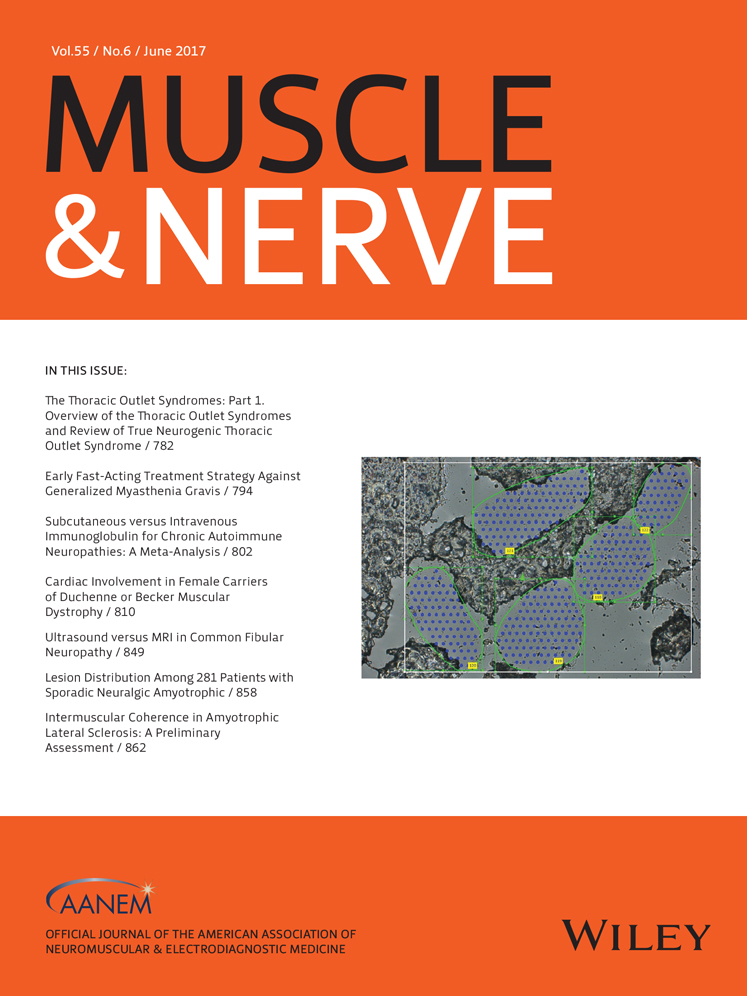Prevalence and clinical aspects of immigrants with myasthenia gravis in northern Europe
Funding: The project was mainly supported by FIGHT MG EU FP7 frame program grant no 242210 (to M.I.B.) and Euromyasthenia EU FP7 no 2005105 (to A.H.M.). The project was also supported by grants from Unifor.no, Valsøe's foundation, Wilhelmsen's foundation, the Norwegian association for patients with muscle disease, Princes Beatrix foundation, and Association Francaise contre les Myopathies.
Conflicts of Interest: M.I.B., A.H.M., C.B., L.D., A.F.L., E.H.N., and C.M.E.T. have no conflicts of interest to declare. J.J.G.M.V. was involved in the thymectomy trial, sponsored by NIH, and in a FP7 Health-2013-innovation-1 European grant number 602420 on MG. The Department of Neurology, Leiden University Medical Centre, has received royalties from antibody tests. J.J.G.M.V. did not receive any personal payments.
ABSTRACT
Introduction: Multiethnic studies can provide etiological clues toward the genetic and environmental influence of a disease. The aim of this study was to determine prevalence and clinical features of myasthenia gravis (MG) in immigrants compared with native patients in 2 population-based cohorts. Methods: This cross-sectional study included 843 MG patients (375 from Norway and 468 from the Netherlands). Ethnic background was defined by questionnaires. Results: Among the participating MG patients, 163 of 843 (19.3%) were first or second generation immigrants, mainly from Europe, Asia, and South America. No marked prevalence differences were found between immigrants and native ethnic groups. MG with muscle specific kinase antibodies and MG with thymoma were more frequent in Asian MG immigrants compared with other ethnic groups (8% vs. 0–4%; P < 0.001 and 21% vs. 6–10%; P < 0.001), respectively. Conclusions: Our findings indicate that Asian immigrant MG patients carry genetic factors or environmental/lifestyle factors which contribute to their specific phenotype, even after migration. Muscle Nerve 55: 819–827, 2017




